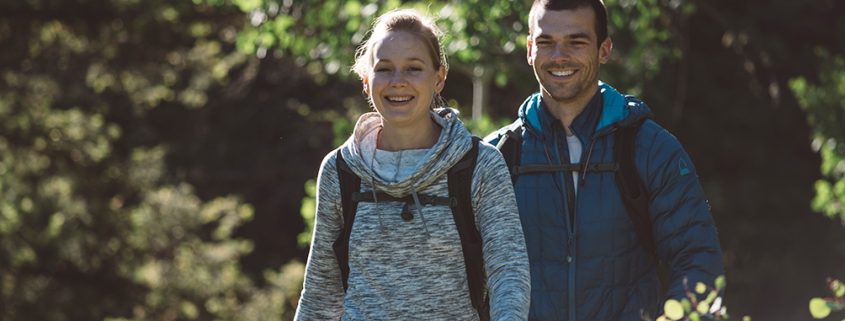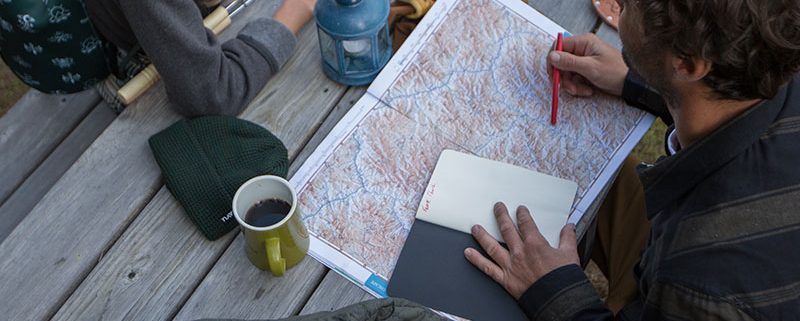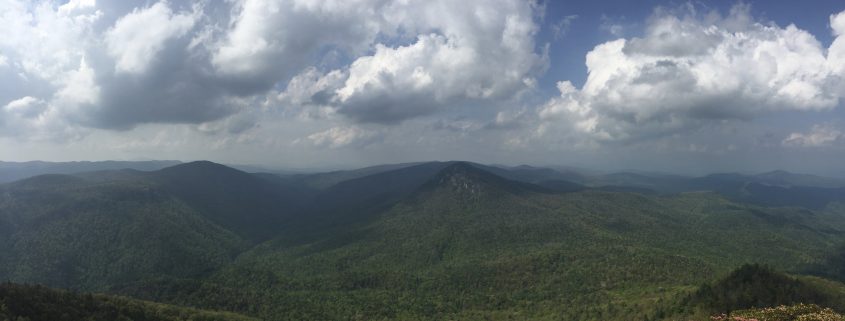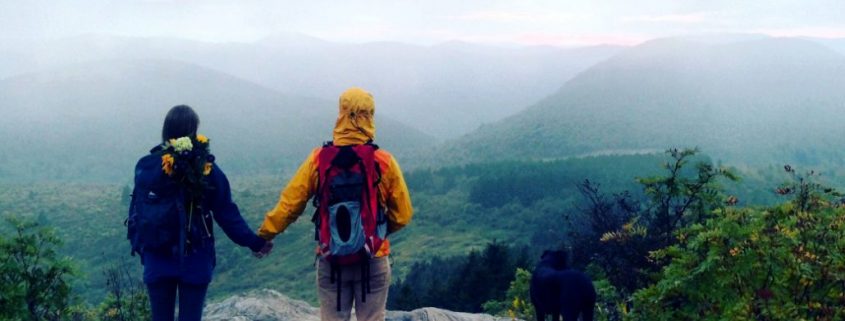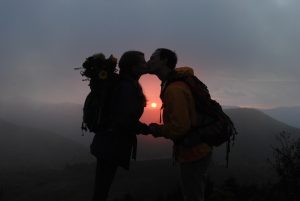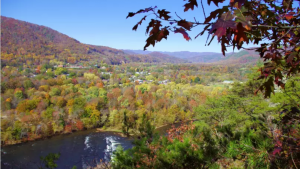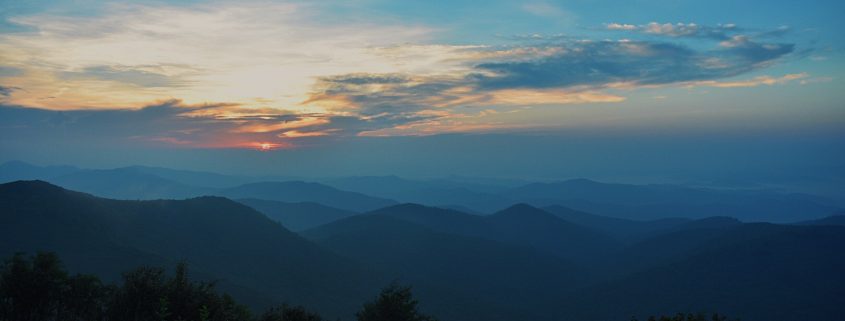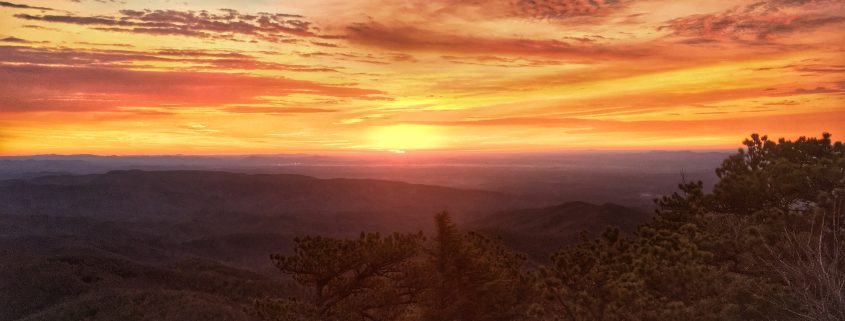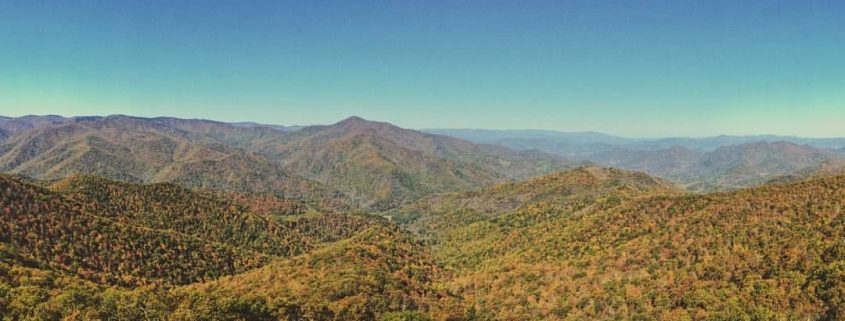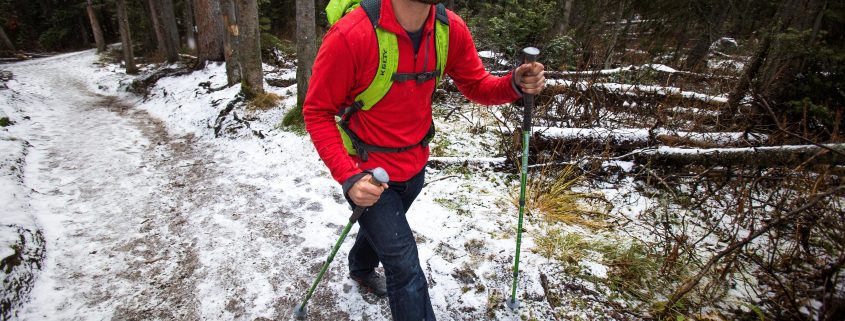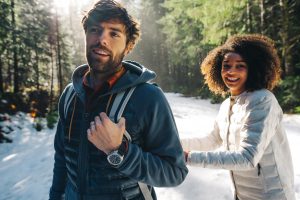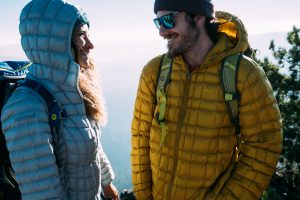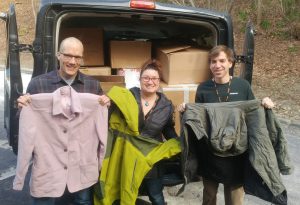My first backpacking trip was a fiasco. Because I was inexperienced and took some rather questionable advice, I found myself in a wilderness area on a rainy weekend, with a leaky tent, wet jeans, and a sopping down sleeping bag. That experience instilled in me two passions: testing gear before a trip and bringing the right clothing. Many years and trips later, I’ve dialed in the perfect combo for a happy (and dry) adventure, it all comes down to choosing the right fabrics and the right layers.
Fabric
- Cotton: Repeat after me – cotton kills. While cotton is breathable and comfortable for casual activities, it has no place in your backpacking kit. Its propensity for holding moisture makes it heavy, sucks heat away from you, and causes chafing. Just don’t go there, especially with socks.
- Wool: This isn’t the itchy wool sweater of your childhood. Ultra fine merino wool is soft, lightweight, and provides superior odor resistance – perfect for a few days on the trail. It also wicks moisture and dries quickly. Merino is my go-to for socks and base layer, but it does tend to be more expensive than synthetic options.
- Bamboo: It’s not just for pandas anymore! Rayon made from bamboo is one of my favorite fibers. It offers great moisture and odor control, and I think it’s one of the most breathable fabrics out there. It’s not as widely available as synthetic or merino options, but SC-based Free Fly Apparel makes awesome tees, tanks, outerwear, shorts, and even undies from this wonder fiber.
- Synthetic: Synthetic fabrics include outdoor staples like polyester and nylon. These fabrics tend to be durable, inexpensive, and handle moisture well. They are also typically the lightest weight options. However, they tend to be less breathable and take on odor more quickly than their natural fiber counterparts. I find quality makes a huge difference in comfort here, so it’s worth opting for better brands like Patagonia, Prana, and Arc’teryx. I typically opt for synthetics for pants and outerwear.
Base Layers
Since these pieces sit next to your skin, they are some of the most important apparel choices that you’ll make. Opt for comfortable moisture wicking fabrics.
- Underwear: Cut and fabric are largely personal preference, it’s a good idea to purchase a couple pairs and try them out during active pursuits to get a feel for what’s comfortable for you. Merino wool, bamboo, and synthetic are all great options. Depending on the length of your trip, bring 2-3 pairs to give you time to wash and dry them. Most options from outdoor brands feature anti-microbial treatments so you can go longer between washings.
- Bras: Simple designs are best, clasps and other hardware can cause chafing or dig in to your skin. Sports bras are great option, but since you’ll be wearing it all day, try to steer clear of “major masher” bras. If you’re comfortable with light support, camisoles are another great option.
- Base Layer Tops/Bottoms: A must have for cold weather backpacking, these can be worn under other layers and make great options for cozy sleepwear. Merino and synthetic options are available in a variety of weights, ranging from light to heavy.
Primary Layers
- Tees/Tanks: The perfect lightweight basic. A moisture wicking fabric is key. Consider bringing an extra tee to keep clean for sleep. Pay attention to the neckline, a wide or scoop neck may not provide protection from your shoulder straps and may cause chafing.
- Woven Shirts: A lightweight collared shirt with long sleeves is worth bringing to provide breezy protection from bugs and the sun. Look for options that offer UPF 50+ for sun protection. If bugs are a concern, consider shirts that are treated with permethrin for bug repellency.
- Pants/Shorts: When deciding between pants and shorts think about weather and what kind of trails you’ll be traipsing on. On hot days, shorts can be a welcome break, but if you’re going to be braving dense or brambly trails, pants will offer more coverage. Many hiking pants offer the best of both worlds with length adjustments such as zip-offs (handy, but can be fussy in practice), roll up snaps (my personal favorite), or cinches. Waistband design is another important consideration. Since you’ll be wearing a hip belt, pants with a lot of hardware can cause chafing. Make sure you try your pack on with your pants and look for any potential hot spots. Stick to a nylon blend if possible. While yoga pants or tights can be tempting, they do not offer much in the way of protection from bugs and are susceptible to abrasion.
Outer Layers
Regardless of season, you will likely want at least one insulating piece or shell in your backpacking kit, most of the time two.
- Fleece or Merino Tops: These are perfect for hiking in on colder days. On warmer days, it’s still lovely to have a cozy layer to slip into at basecamp. Look for sleek pieces without a lot of hardware or pockets for easy layering.
- Insulated Jackets or Vests: A synthetic or down insulated jacket or vest is a great way to be prepared for sudden cold snaps. Look for one that compresses easily and features a moisture resistant face fabric. As a bonus, toss it in a compression sack for a cozy pillow.
- Rain Gear: In WNC, rain gear is a must have. A high quality waterproof/breathable jacket with pit zips will keep you dry and sweat free, and makes a great lightweight wind blocking layer on drier days. For rain pants, look for generous side zips and an adjustable waist for easy on and off.
Accessories:
- Socks: Quite possibly the most important apparel item in your kit. Wool blends are the way to go for moisture (ie. blister) and odor control. Try your socks out well in advance of your trip and experiment with different heights and cushion levels til you find one that works well for you. Make sure to bring a clean pair for sleep and give your socks plenty of time to air out.
- Hats: A must-have for warmth and sun protection. A wide brimmed hat or billed cap is great for keeping the sun off of you while hiking. Consider bringing a simple wool or synthetic beanie for chillier weather or warmth while sleeping. Buffs are another great option, they don’t take up much room and can serve as neck gaiters, headbands, or be converted to a beanie. I always keep a couple in my pack.
- Sleepwear: Regardless of the season, a couple days on the trail are sure to impact your odor. It’s a good idea to bring a light base layer or other clothing reserved just for sleeping. Trust me, your tent mate will thank you.

